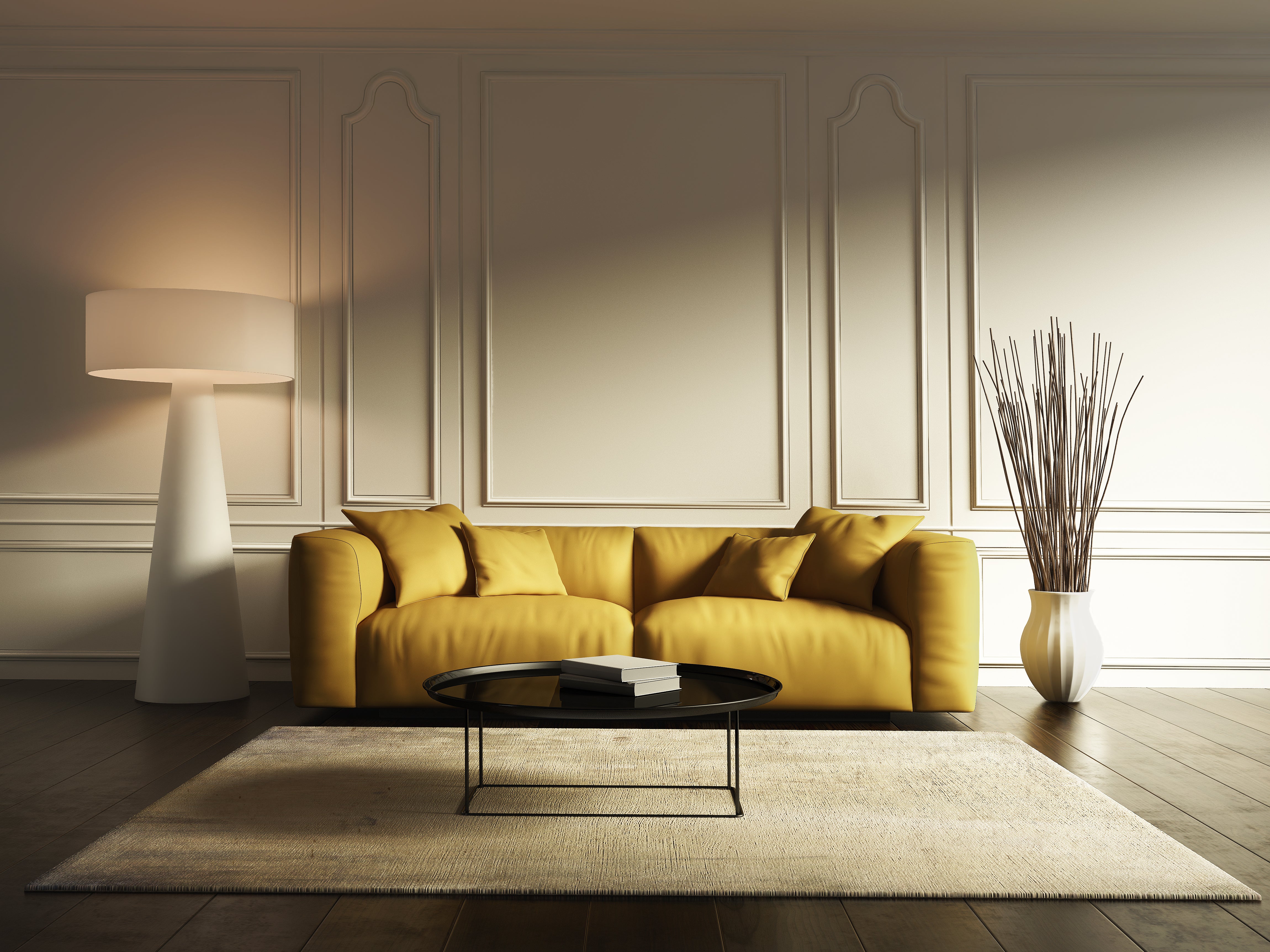Dear Sean,
I just installed a project I am deeply proud of. My client is, for the most part, thrilled. There is only one issue: Our design included a custom rug for the living room. We presented, sampled and explained what the rug would look and feel like in the space. All is as intended—except that when the afternoon light hits the piece, there is a hint of yellow. My team and I love this new revelation. Our client, on the other hand, says it makes her think of scrambled eggs, which she has a particular aversion to, and she wants us to take back the rug. I feel stuck. The rug, for us, is perfect—and not returnable—but we also want to make our client happy. Is this a good moment to bend?
Between a Rug and a Hard Place
Dear Between a Rug and a Hard Place,
First, congratulations on such a successful project. I am sorry that you have to face this issue. Unfortunately, there really is no one “right” answer—every road will certainly have its costs. The real question is who comes first: your client, your vendor or you?
Framed that way, the choice is always you.
If you were to acquiesce to your client, you would be acknowledging that her vision is more important than yours. The fact is that you and your team love the rug and are willing to stand behind it, even given the revelation of what happens when the afternoon light hits it—maybe even more so. And your client loved the rug, too, before her own scrambled-egg revelation. The reality, then, is that you can easily say, “It is what it is, and we stand by our design,” and let the client do what they will with it—not unlike the Graham Sutherland portrait of Winston Churchill. (Hint: Churchill burned it.)
The price of sticking to your design guns, of course, is an unhappy client who will most certainly not be singing your praises—and that price can be very high indeed.
On the other hand, asking your rug provider to take back a perfect representation of their work is a big ask. The rug is custom, after all, and it will be extraordinarily hard, if not impossible, to find a new buyer. Perhaps you can ask the provider to take it into inventory just to see if it draws any interest. But if you push for a refund, that, too, will come at a large expense, since you will now not be trusted to support those who support you. And make no mistake, you are only as good as the providers who surround you and their willingness to do the little things that make such a huge difference.
So what to do? Honesty and integrity matter always, and none as much as here. First, you must stand in your own light and unequivocally support your choice of the rug and its place in your design. Next, you will not put your provider in a position of financial risk but ask if they can try to resell the rug. If not, your client will do with it as they will. Last, you will work with your client at a fair rate to source a rug that will not make her think of eggs. The rug will likely have to be in inventory, and it may be far more expensive than the custom one you specified. So be it. The only reason you are assisting your client is because you recognize their pain and do not wish for them to be unhappy.
Will the idea of having to pay far more both to you and for the new rug sit well with your client? Definitely not. Remember when I said there was no right answer? Being willing to do the work to edit what you firmly believe needs no editing is the gift you are giving—no more, no less. Having to pay for access to that gift is your client’s responsibility, whether they like it or not.
I believe in binary choices, not multiple choices. Here, that means choosing between option A, give the rug back to the provider and let them try to resell it, then go out to find a new rug at your client’s sole expense; or option B, let your design stand as it is. The temptation will be to compromise, sacrificing yourself in some way in the process for the sake of the relationship. But that should never be an option—not if you believe in your work as you must. Otherwise, you will spend time seeking validation from your client that will never come. A slippery slope, indeed.
Homepage image: ©Michael/Adobe Stock
____________
Sean Low is the go-to business coach for interior designers. His clients have included Nate Berkus, Sawyer Berson, Vicente Wolf, Barry Dixon, Kevin Isbell and McGrath II. Low earned his law degree from the University of Pennsylvania, and as founder-president of The Business of Being Creative, he has long consulted for design businesses. In his Business Advice column for BOH, he answers designers’ most pressing questions. Have a dilemma? Send us an email—and don’t worry, we can keep your details anonymous.





























